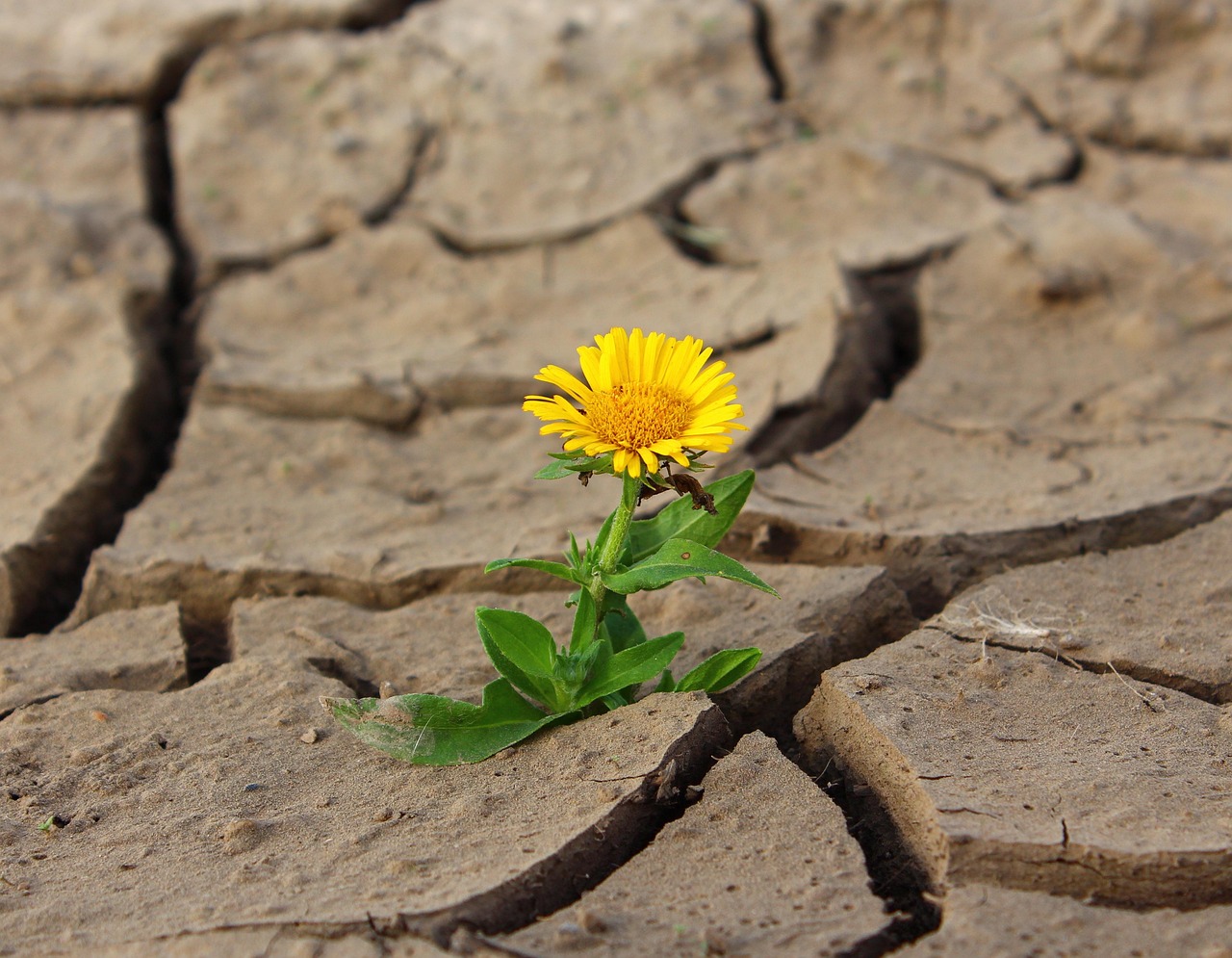Emotional Resilience in Divorce Recovery

Life is a journey filled with unexpected twists, turns, and challenges. From personal setbacks to professional disappointments, everyone faces moments that test their strength and resolve. In these times, emotional resilience becomes not just a helpful trait, but a vital skill for navigating adversity and emerging stronger on the other side. But what exactly is emotional resilience, and how can you cultivate it to thrive through life’s ups and downs?
Understanding Emotional Resilience. At its core, emotional resilience is the ability to adapt to stressful situations and bounce back from adversity. It’s not about avoiding pain or pretending that difficulties don’t exist. Instead, it’s about facing challenges head-on, processing emotions in a healthy way, and finding the inner strength to move forward. Resilient people aren’t immune to stress or hardship; they simply have developed tools and mindsets that help them cope more effectively. Think of emotional resilience as a muscle. Just as physical muscles grow stronger with regular exercise, your ability to handle emotional stress improves the more you practice resilience-building habits. This means that anyone, regardless of their background or current circumstances, can become more resilient over time.
Why Emotional Resilience Matters
The importance of emotional resilience cannot be overstated. Life is unpredictable, and setbacks are inevitable. Whether it’s the loss of a loved one, a job layoff, a breakup, or even the daily stresses of modern living, resilience is what helps you weather the storm. It allows you to maintain perspective, manage your emotions, and avoid being overwhelmed by negative feelings. Moreover, emotional resilience is closely linked to overall well-being. Studies have shown that resilient individuals experience lower levels of anxiety and depression, enjoy better physical health, and have stronger relationships. They’re also more likely to take risks, pursue their goals, and find meaning in life’s challenges.
Building Emotional Resilience: Practical Strategies So, how can you develop greater emotional resilience? The good news is that resilience is not a fixed trait—it’s a set of skills and attitudes that can be learned and strengthened. Here are some practical strategies to help you build your resilience muscle:
-
Practice Self-Care: Taking care of your physical and mental health lays the foundation for resilience. This includes getting enough sleep, eating nutritious foods, exercising regularly, and engaging in activities that bring you joy and relaxation. When your body and mind are well-nourished, you’re better equipped to handle stress.
-
Cultivate a Positive Mindset: While it’s natural to feel negative emotions during tough times, resilient people make a conscious effort to focus on the positives. This doesn’t mean ignoring problems, but rather looking for opportunities for growth and learning in every situation. Practicing gratitude, reframing negative thoughts, and celebrating small victories can help shift your perspective.
-
Build Strong Connections: Social support is a key factor in resilience. Surround yourself with people who uplift and encourage you, and don’t be afraid to lean on them when you need help. Sharing your feelings with trusted friends or family members can provide comfort and new insights. Remember, asking for support is a sign of strength, not weakness.
-
Develop Problem-Solving Skills: Resilient individuals are proactive in addressing challenges. Instead of feeling helpless, they break problems down into manageable steps and take action. This approach not only helps resolve issues but also boosts confidence and a sense of control.
-
Embrace Flexibility: Life rarely goes according to plan, and adaptability is a hallmark of resilience. Being open to change, adjusting your expectations, and finding creative solutions can help you navigate uncertainty with greater ease.
-
Practice Mindfulness: Mindfulness techniques, such as meditation and deep breathing, can help you stay grounded in the present moment. These practices reduce stress, increase self-awareness, and make it easier to manage difficult emotions.
Resilience in Action: Real-Life Examples
Consider someone going through a difficult divorce. The emotional pain, uncertainty about the future, and changes in daily life can feel overwhelming. However, by practicing self-care, seeking support from friends, and focusing on personal growth, they can gradually rebuild their life and emerge stronger than before. Or think about an employee who loses their job unexpectedly. Instead of succumbing to despair, a resilient person might view the setback as an opportunity to explore new career paths, learn new skills, or even start their own business. Their ability to adapt and maintain hope makes all the difference
Conclusion: Thriving, Not Just Surviving
Emotional resilience is not about avoiding life’s storms, but learning how to dance in the rain. By cultivating resilience, you empower yourself to face challenges with courage, optimism, and grace. It’s a lifelong journey, but every step you take makes you stronger and more capable of thriving through whatever life throws your way.
Remember, resilience is within your reach. Start small, be patient with yourself, and celebrate your progress. Over time, you’ll discover that you’re not just surviving—you’re truly thriving.







